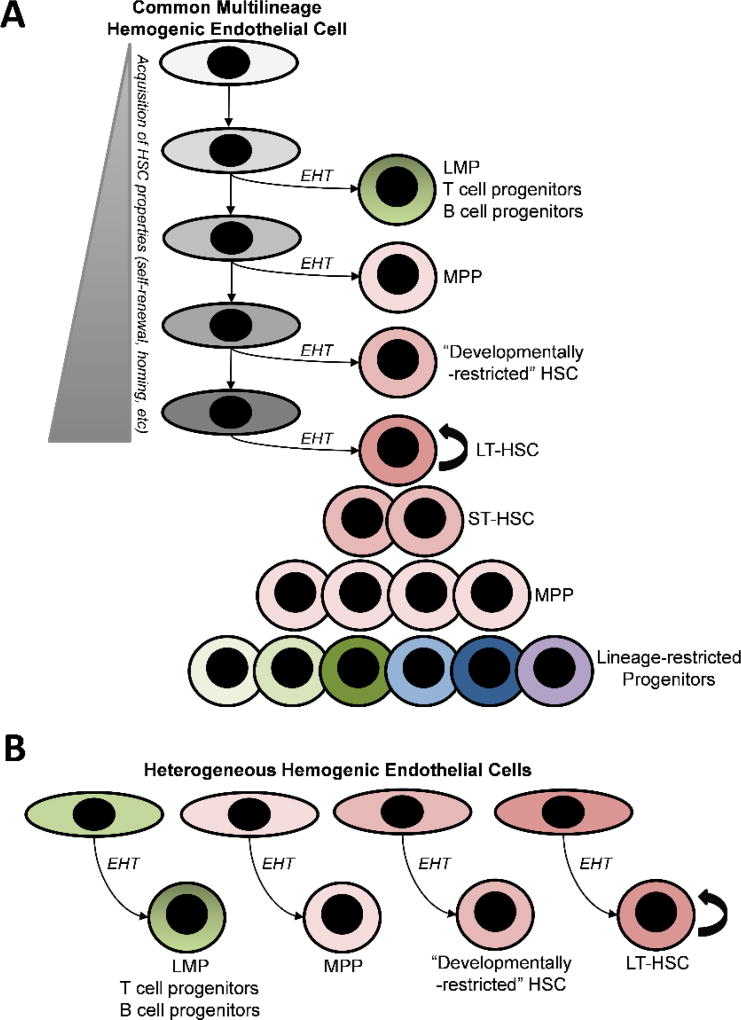Figure 2. Models for the origin of multilineage progenitors that precede HSC during embryonic development.
Acaulescent (HSC-independent) progenitors, as originally proposed by Nishikawa et al. (27), can either originate from a common lineage of hemogenic endothelial cells that have the capacity to give rise to HSC (A) or from distinct lineages of hemogenic endothelial cells that are heterogeneous in their hematopoietic potential (B). In the first model, hemogenic endothelial cells with multilineage potential undergo developmental maturation to acquire additional properties necessary to generate long-term HSC (LT-HSC). Prior to full maturation, a hemogenic endothelial cell that undergoes endothelial to hematopoietic transition (EHT) would give rise to HSC-independent hematopoietic progeny. In the second model, lineages of hemogenic endothelial cells with distinct hematopoietic potentials originate from mesoderm in separate temporal or spatial waves, similar to those giving rise to primitive progenitors and EMP, thus producing different populations of HSC-independent progenitors or HSC. LMP (lymphomyeloid progenitor), MPP (multipotent progenitor), ST-HSC (short-term HSC).

